Rebuilding Amid Change
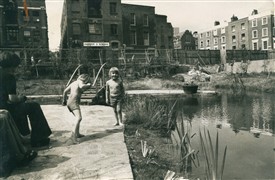
Children in Japanese garden once the home of the Odhams site
Covent Garden Community Assocation
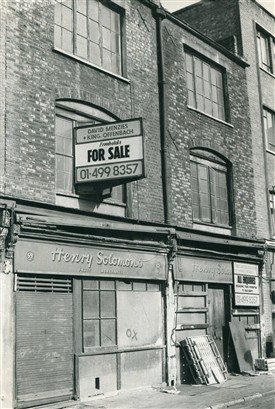
Fruit Merchants freeholds for sale
Covent Garden Community Assocation
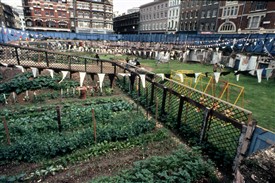
Community garden with vegetables
Covent Garden Community Assocation
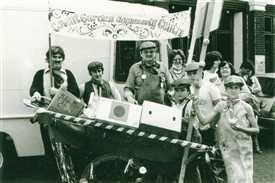
Covent Garden community centre people
Covent Garden Community Assocation
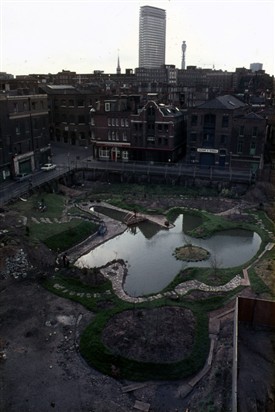
Japanese Garden on Odhams Walk site
Covent Garden Community Assocation
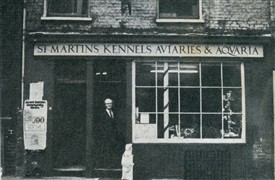
Ken Issacs pet shop on Shelton Street est 1831
Covent Garden Community Assocation
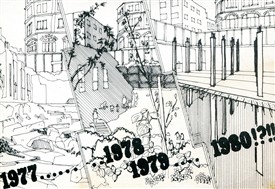
Put the Garden back into Covent
Covent Garden Community Assocation
The market moved out to Nine Elms on 11th November 1974. On Saturday 9th November Covent Garden bustled to all the usual activity. On Monday it was hushed.
Changes in the nature of other commercial activities made the area all the quieter. Planning legislation allowed uncontrolled conversion from light industrial uses to offices, and certain trades such as theatrical support were no longer protected. The resultant increase in rents pushed out most ‘blue collar’ trades by the early 1970s. But short term rentals in small studios and rooms were cheap, and energetic small businesses moved into the area.
The mid 1970s were a magical time for the Garden. Local people had some fun. Community gardens were developed on vacant sites - of which one, the Phoenix Garden remains. An annual ‘Covent Garden Festival’ was inaugurated.
‘The Seven Dials Club’ was founded by Sam Driscoll and others as the social centre for the community. Families dropped in every evening. David Bieda set up the Central London Youth Project club with a recording studio in the basement. Local activists planned their campaigns at tables in the bar. 25 years later the building was sadly gutted by fire, and the club moved to the smaller premises upstairs, where it is today.
While the new plan was being formed, CGCA successfully pressed for many small, dilapidated buildings to be brought back into use quickly. When the new plan was published, emphasis had shifted from demolition to conservation, and from massive uses to smaller scale. And, most importantly for the community, their campaigning succeeded in residents being given a guarantee that they would be rehoused affordably in the area.
CGCA fought for new housing to be built on sites that had been cleared by the GLC for roads and new development. By the mid-1980s hundreds of flats had been finished in new buildings. Dudley Court (on the site of the old workhouse) in Endell Street and Earlham House on Seven Dials were built by Camden council. Odhams Walk was built by Westminster council on the half of the Odhams Press site on the west side of Endell Street, securing the land in a deal to modify long-standing planning permission for an office block on the east side. Other flats were built all over Covent Garden by the councils and housing associations.
British planning law was changed forever when CGCA applied for judicial review against the GLC in a planning case in 1981. Until then only parties with an ownership interest in disputed land could take legal action. Justice Wolf accepted CGCA’s arguments that it had sufficient interest to bring such a case, and community groups now have ‘locus standi’ to appear in court.